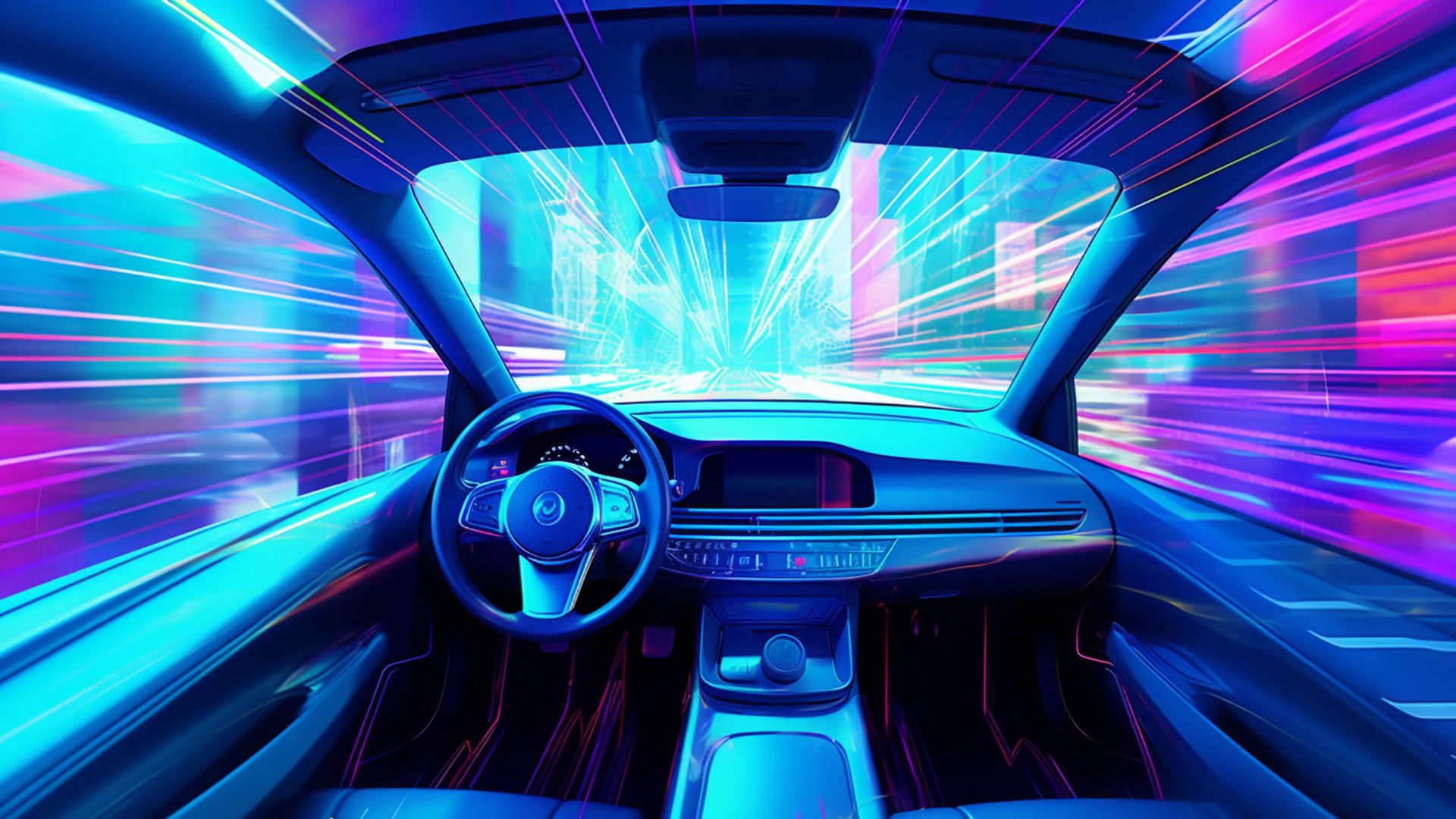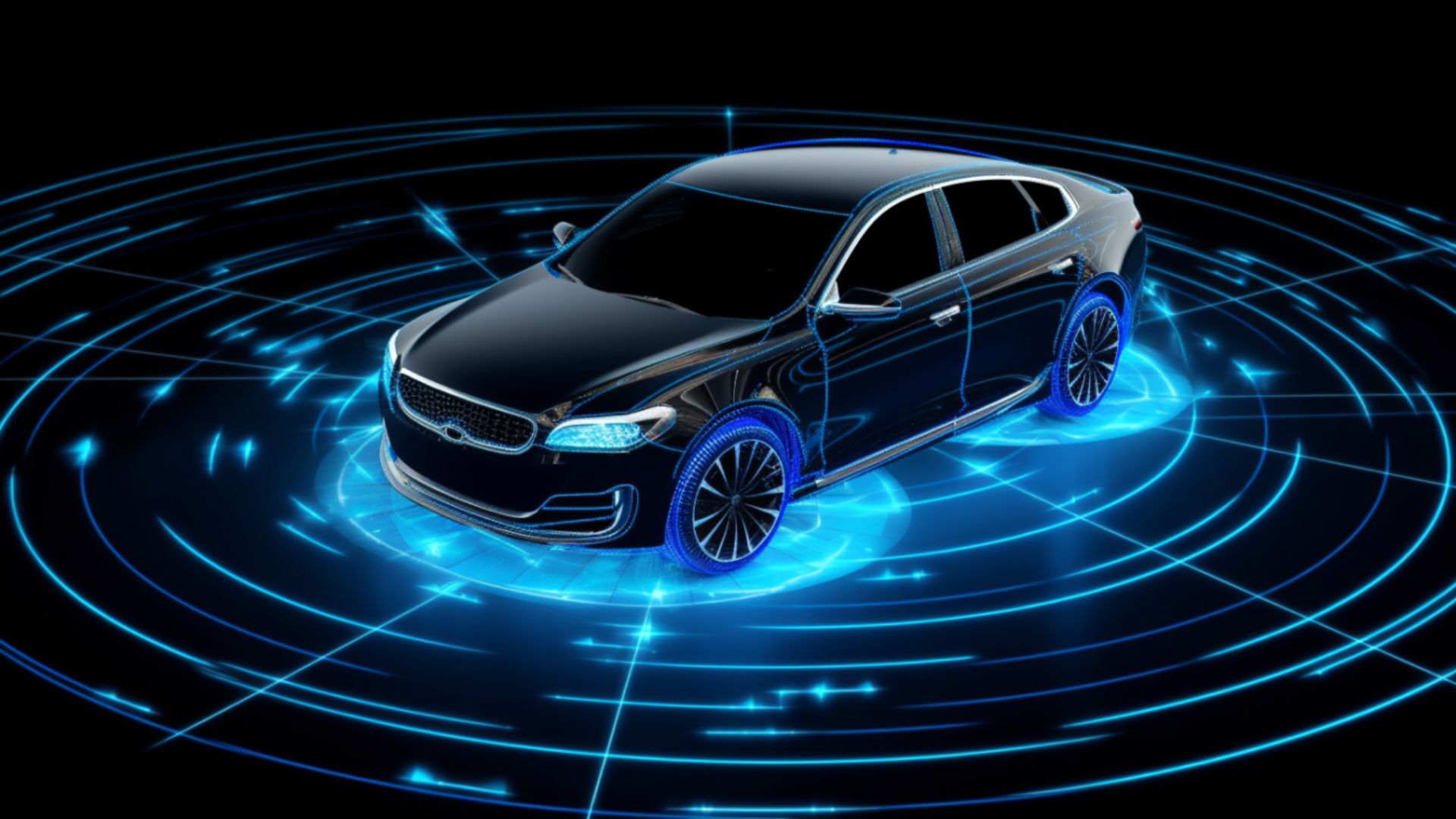|
Getting your Trinity Audio player ready…
|
Self-driving car levels categorize vehicles are based on their degree of autonomy, ranging from basic driver assistance to full autonomy. As technology advances, understanding these levels becomes crucial for navigating the evolving landscape of automotive technology. In this comprehensive guide, we’ll delve into the various levels of autonomy in self-driving cars, exploring their capabilities and implications for the future of transportation. From Level 1, where vehicles offer basic assistance, to Level 5, where vehicles are fully autonomous, each level represents a significant advancement in automotive technology. By examining the features and limitations of each level, we can gain insights into the current state of self-driving technology and anticipate its future trajectory. As self-driving cars become increasingly prevalent on roads worldwide, understanding their levels of autonomy will be essential for both consumers and policymakers shaping the future of transportation.

Understanding Autonomy Levels
Autonomy levels categorize self-driving cars based on their ability to perform driving tasks without human intervention. The Society of Automotive Engineers (SAE) has established a widely accepted framework that delineates six distinct levels of autonomy. Each level represents a different degree of automation, ranging from no automation to full autonomy.
Level 0
No Automation At Level 0, the vehicle provides no automated assistance, and the driver is responsible for all driving tasks. This level represents traditional cars without any advanced driver assistance systems (ADAS). While modern vehicles may feature basic safety features like anti-lock brakes and traction control, they do not offer any automation in terms of driving tasks.
Level 1
Driver Assistance Level 1 vehicles feature basic ADAS that assist with specific functions, such as steering or acceleration, but still require constant human supervision. Examples include adaptive cruise control, which automatically adjusts vehicle speed to maintain a safe following distance, and lane-keeping assist, which helps keep the vehicle within its lane by providing steering inputs.
Level 2
In Level 2 automation, vehicles can manage steering and acceleration/deceleration simultaneously under certain conditions. However, drivers must remain alert and prepared to assume control instantly. Notable Level 2 systems include Tesla’s Autopilot and GM’s Super Cruise. Although these systems provide features such as lane centering and traffic-aware cruise control, they necessitate ongoing driver oversight.
Level 3
In Level 3 automation, vehicles can manage all driving aspects in specific conditions but may necessitate human intervention when encountering unforeseen circumstances. Although the vehicle handles most driving tasks, the driver must be ready to assume control when necessary. Audi’s Traffic Jam Pilot serves as an illustration of Level 3 automation. During traffic congestion or highway travel, the vehicle can manage acceleration, braking, and steering, enabling the driver to temporarily disengage from driving responsibilities.
Level 4
High Automation At Level 4, vehicles can perform all driving tasks within predefined operational domains without human intervention. However, human drivers still have the option to take control if needed, but it’s not required for normal operation. Waymo’s autonomous vehicles operate at Level 4. These vehicles are capable of navigating city streets and highways without human intervention but may still require human intervention in certain situations, such as inclement weather or construction zones.
Level 5
Level 5 signifies the utmost level of autonomy, wherein vehicles can execute all driving functions across all circumstances without human interference. These vehicles are entirely self-driving, devoid of a requirement for a steering wheel, pedals, or human occupants. Level 5 autonomy envisions a future where travelers can journey from one point to another without participating in the driving procedure.
Summary
The levels of self-driving car automation range from Level 0, where the vehicle provides no assistance and the driver is fully responsible, to Level 5, where vehicles can operate autonomously under all conditions without human intervention. At Level 1, basic driver assistance features are present but still require constant human supervision. Level 2 introduces partial automation, with vehicles capable of managing steering and acceleration/deceleration under certain conditions, albeit with the driver remaining alert. Moreover, Level 3 offers conditional automation, where vehicles can handle most driving tasks in specific conditions but may need human intervention in unexpected situations. Level 4 represents high automation, where vehicles can operate autonomously within defined domains but may require human control in exceptional circumstances. Finally, Level 5 represents full automation, where vehicles are entirely self-driving and require no human involvement in driving tasks.
Transitioning Between Levels
Transitioning between autonomy levels involves a gradual progression, with each level building upon the capabilities of the previous one. Automakers and technology companies are continually pushing the boundaries of autonomy, striving to achieve higher levels of automation while ensuring safety and reliability. As technology advances and more research and development efforts are invested in self-driving technology, we can expect to see a gradual transition towards higher levels of autonomy.
Challenges and Considerations
While self-driving technology holds immense promise for revolutionizing transportation, several challenges must be addressed. These include regulatory hurdles, ethical considerations, cybersecurity risks, and public acceptance of autonomous vehicles. Regulators and policymakers face the challenge of establishing clear guidelines and regulations to ensure the safe deployment of self-driving vehicles on public roads. Ethical considerations, such as how self-driving cars should prioritize the safety of occupants versus pedestrians in potential collision scenarios, require careful deliberation and consensus among stakeholders. Additionally, cybersecurity risks pose a significant threat to autonomous vehicles, as hackers could potentially exploit vulnerabilities in vehicle software to gain unauthorized access or control. Finally, public acceptance of autonomous vehicles remains a key factor in their widespread adoption, as many people may be hesitant to trust their lives to machines.
Conclusion
As self-driving technology continues to advance, understanding the levels of autonomy in cars is essential for consumers, policymakers, and industry stakeholders alike. By familiarizing ourselves with these levels and the capabilities they entail, we can better navigate the transition to a future where autonomous vehicles play a significant role in shaping mobility. As we continue to push the boundaries of innovation and technology, the future of transportation holds immense promise for safer, more efficient, and more accessible mobility solutions.
You might be interested in:
